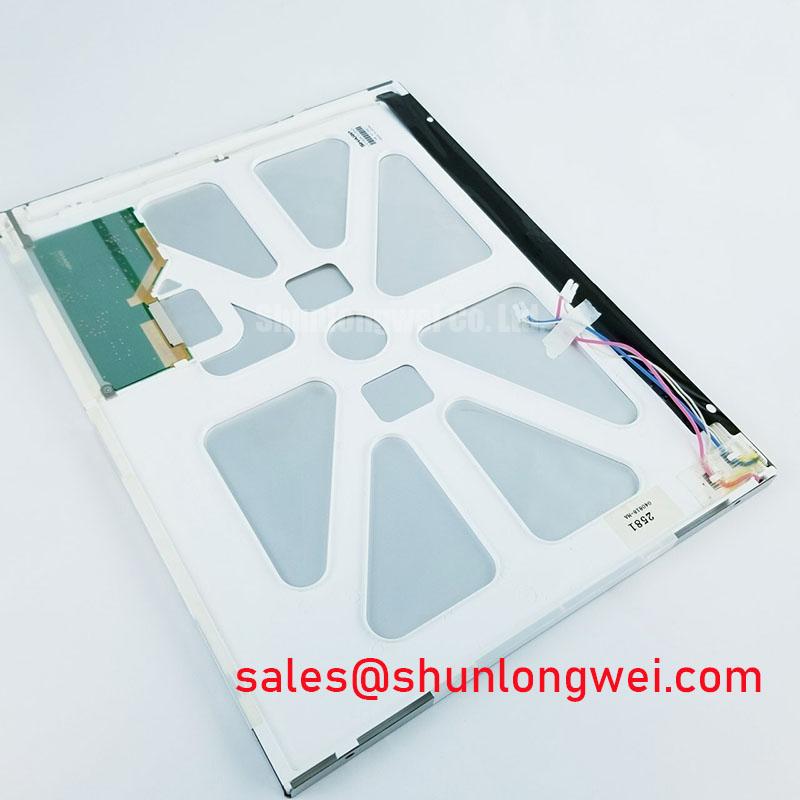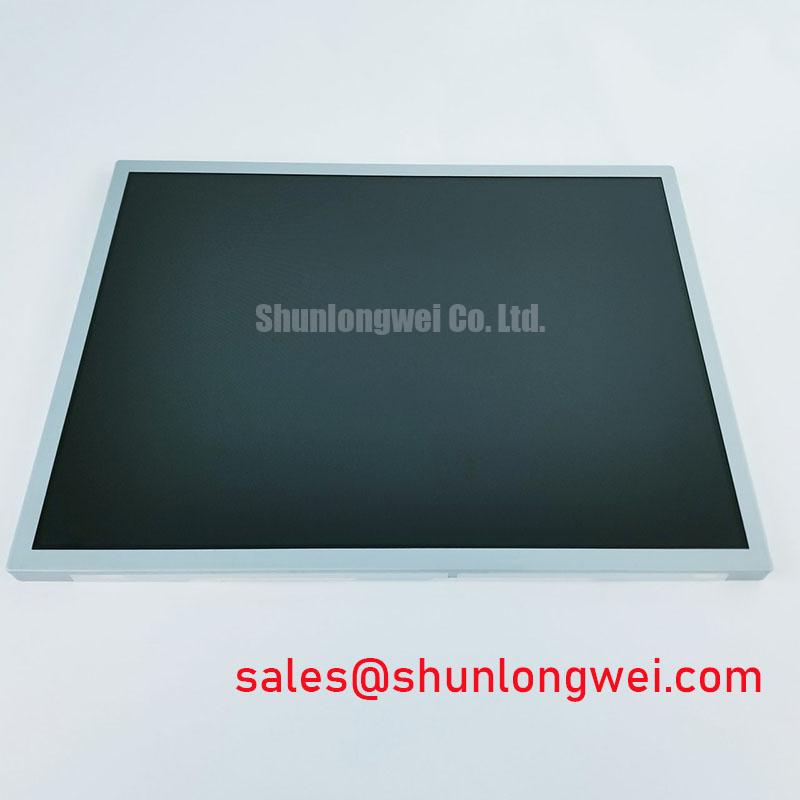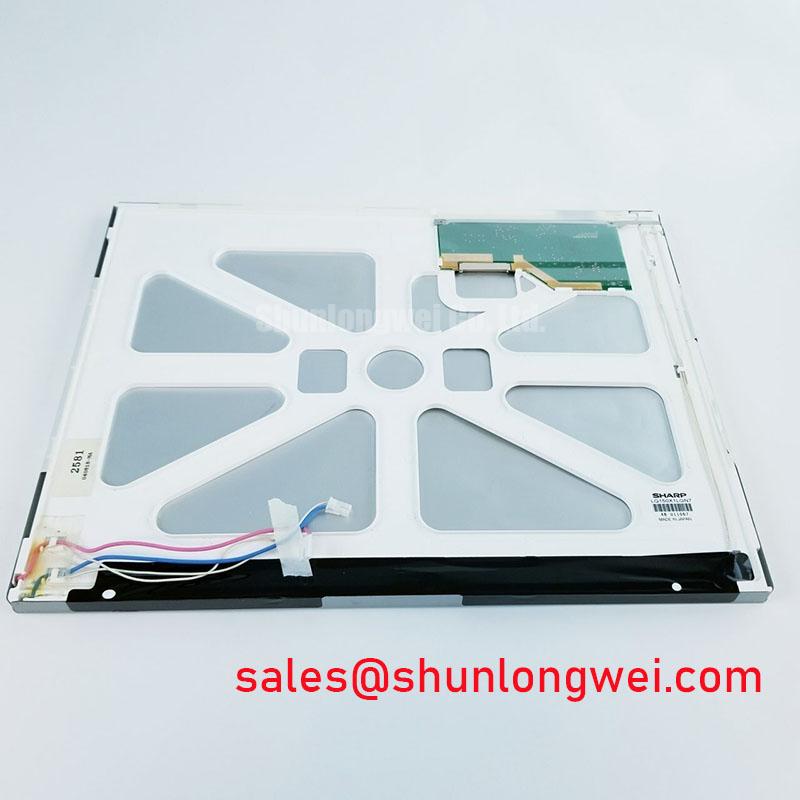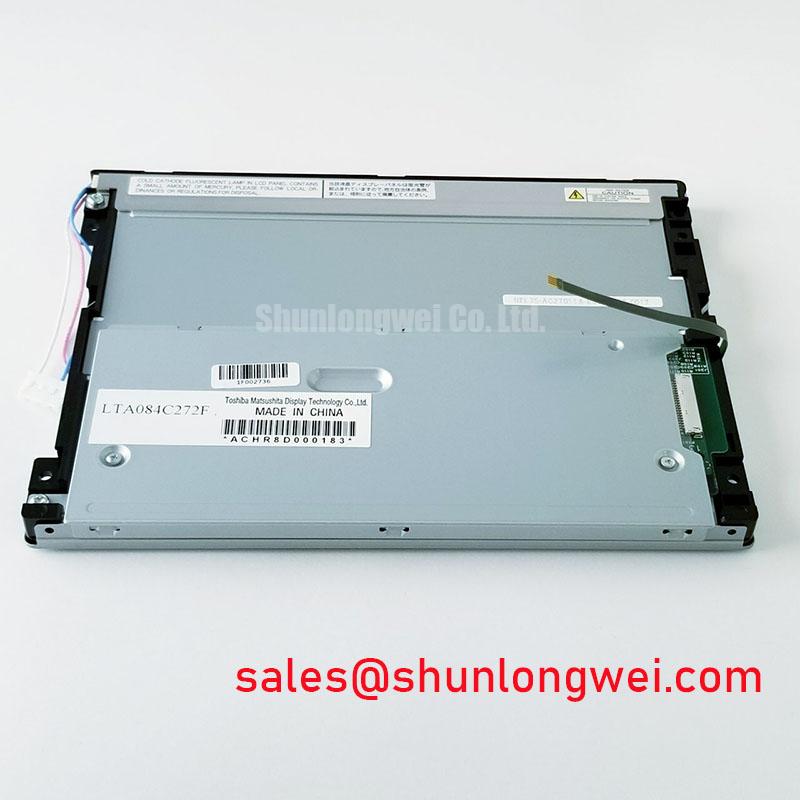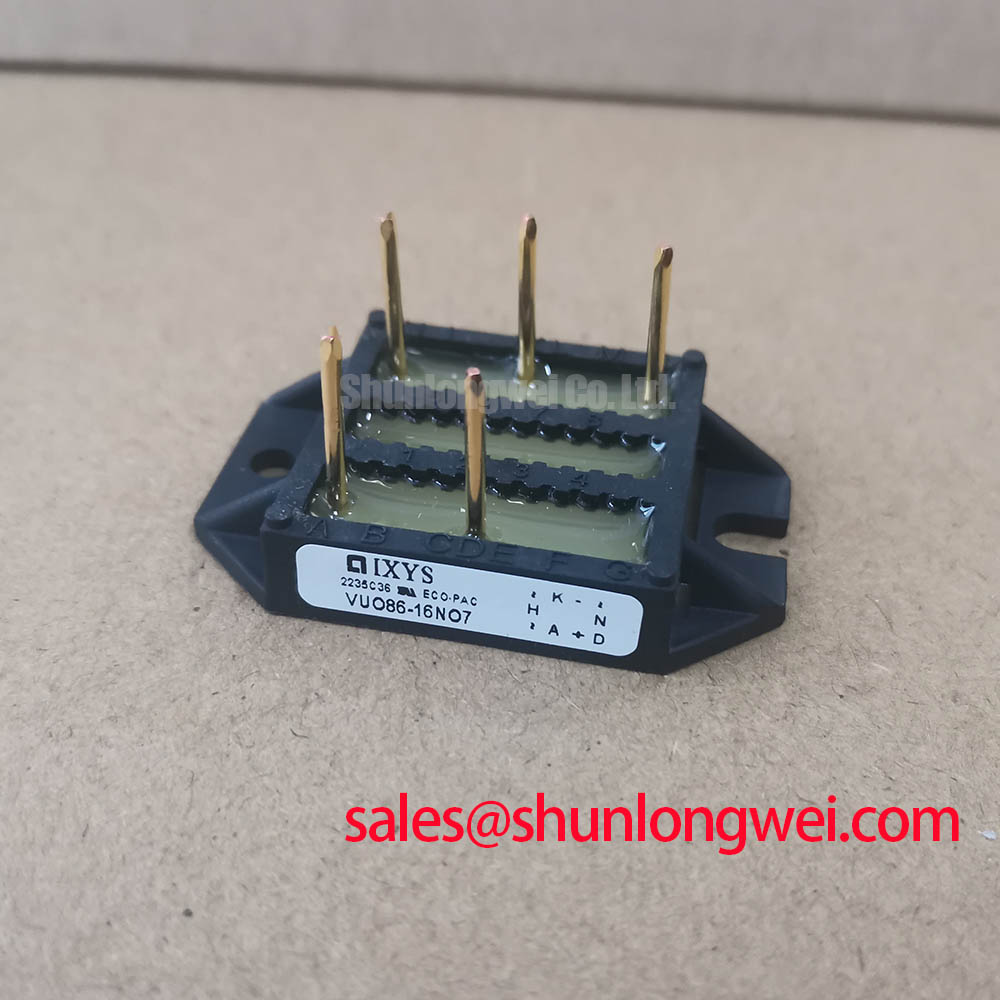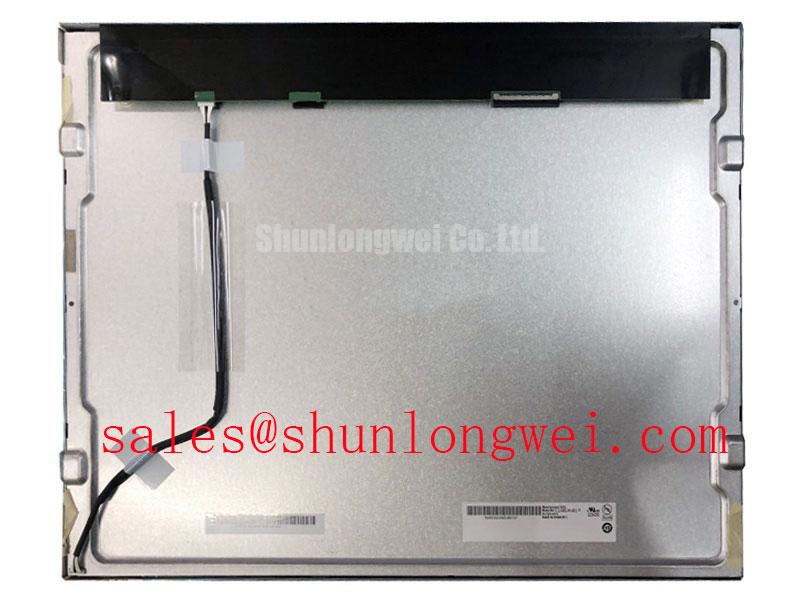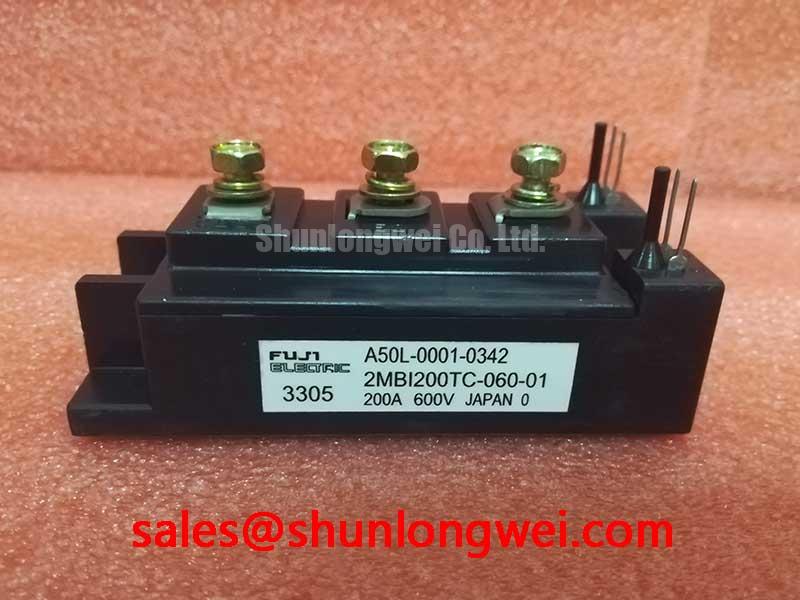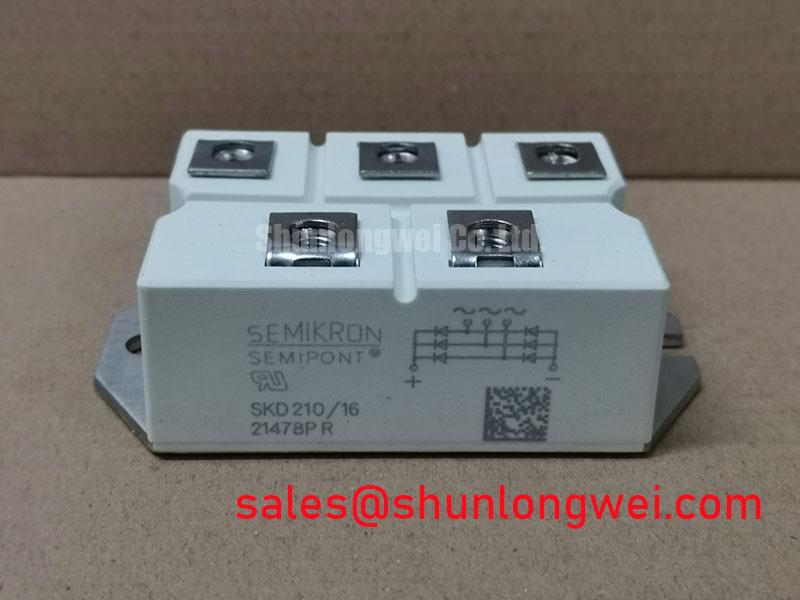LQ150X1LGN7 by Sharp: A Technical Review of the 15.0-inch XGA Industrial TFT-LCD Module
Content last revised on October 15, 2025.
Introduction: Key Features & Engineering Highlights
The Sharp LQ150X1LGN7 is an industrial-grade color TFT-LCD module engineered for stable performance in long-lifecycle systems. It delivers crisp, consistent visuals through its 15.0-inch diagonal screen, featuring a native XGA resolution tailored for detailed graphical user interfaces. With its standard LVDS interface and robust construction, this display provides a reliable foundation for human-machine interaction. Key specifications include: 1024x768 Resolution | 260 cd/m² Brightness | LVDS (1 ch, 8-bit) Interface. The primary benefits are proven interface compatibility and consistent optical performance. What is the typical application for this display? It is designed for integration into industrial control panels, medical diagnostic equipment, and test instrumentation where long-term availability and a standard interface are critical. For systems requiring a direct alternative, the related LQ150X1LGN2A offers a comparable feature set for evaluation.
Key Parameter Overview
Decoding the Specs for System Integration
The technical specifications of the LQ150X1LGN7 are optimized for straightforward integration into a wide range of industrial and specialized equipment. The parameters below highlight its capabilities in display performance, physical integration, and operational reliability.
| Parameter | Specification | Engineering Value |
|---|---|---|
| Screen Size | 15.0 inch (38.1 cm) | Provides a large, clear viewing area suitable for complex HMI layouts and data visualization. |
| Resolution | 1024(RGB)×768, XGA | Offers a standard 4:3 aspect ratio with sufficient pixel density (85 PPI) for sharp text and graphics. |
| Interface Type | LVDS (1 channel, 8-bit), 20-pin Connector | Ensures compatibility with a vast ecosystem of single-board computers and display controllers, simplifying system design. |
| Brightness | 260 cd/m² (Typ.) | Delivers adequate luminosity for typical indoor industrial and control room environments. |
| Contrast Ratio | 350:1 (Typ.) | Provides clear differentiation between light and dark shades, crucial for accurate data representation. |
| Backlight System | 2 pcs CCFL, 50,000 hours lifetime | The Cold Cathode Fluorescent Lamp backlight is a mature technology known for long-term operational stability. |
| Operating Temperature | 0°C to +50°C | Suitable for use in controlled factory floors and commercial equipment environments. |
| Outline Dimensions | 326(W) x 252(H) x 11.0(D) mm | Standardized form factor for the 15-inch class, facilitating mechanical design and enclosure selection. |
Download the LQ150X1LGN7 datasheet for detailed specifications and performance curves.
Application Scenarios & Value
System-Level Benefits in Legacy Upgrades and New Designs
The Sharp LQ150X1LGN7 is best suited for applications where reliability and backward compatibility are paramount. Its design provides significant value in both retrofitting existing systems and developing new, cost-effective industrial interfaces.
A primary high-fidelity scenario is the upgrade of aging control systems that utilize older 15-inch displays. Many legacy systems were designed around the XGA resolution and a standard 20-pin LVDS Interface. The LQ150X1LGN7 serves as a form-fit-function candidate, minimizing the need for extensive hardware and software redevelopment. The challenge for engineers in this context is sourcing a replacement display that matches the existing mechanical footprint and electrical interface without requiring a costly system-wide redesign. The LQ150X1LGN7's adherence to these established standards directly addresses this challenge, enabling a streamlined and cost-effective path to extending the operational life of valuable industrial assets like CNC machines, process control consoles, and medical imaging stations.
Frequently Asked Questions (FAQ)
What is the significance of the 8-bit LVDS interface?
An 8-bit LVDS interface allows the display to render up to 16.7 million colors, providing the rich, detailed color palette necessary for modern graphical user interfaces. This is crucial for applications where color-coding is used to convey critical status information, such as in industrial HMI or medical monitoring systems.
How does the CCFL backlight's 50,000-hour lifetime impact system maintenance?
A 50,000-hour rating translates to over 5.7 years of continuous 24/7 operation before the backlight brightness is expected to decrease to 50% of its initial value. This long operational life is a key metric for calculating Total Cost of Ownership (TCO), as it reduces the frequency of maintenance cycles and minimizes equipment downtime, a critical consideration in industrial and commercial deployments.
Is the antiglare surface treatment suitable for brightly lit environments?
Yes, the panel's antiglare surface with a hard coating (2H) is specifically designed to diffuse ambient light reflections. This significantly improves readability in environments with overhead factory lighting or other sources of glare, reducing operator eye strain and preventing errors caused by misinterpreting on-screen data.
Industry Insights & Strategic Advantage
Meeting the Demand for Stable and Reliable Industrial Displays
In the industrial sector, the lifecycle of equipment often extends for a decade or more. This places a strategic emphasis on component stability and long-term availability, a stark contrast to the rapid product cycles of the consumer electronics market. The LQ150X1LGN7, with its use of established technologies like a TFT-LCD panel and CCFL backlighting, represents a commitment to this industrial philosophy. For procurement managers and system architects, selecting a display like this mitigates the risk associated with short-lifecycle components that can force premature and expensive system redesigns. The value proposition is not in cutting-edge specifications but in providing a dependable, predictable, and easily integrated visual interface that supports the long operational demands of capital equipment.

